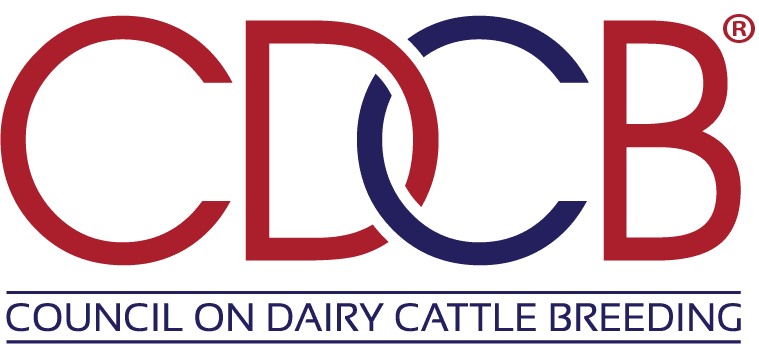Lifetime Cheese Merit $ (CM$) is designed for herds that sell milk for cheese, using cheese yield pricing. Cheese Merit factors in the same traits as Net Merit, but it assigns a negative economic weight on PTA Milk and places more emphasis on Protein Pounds because protein has more value in the cheese market. Low somatic cell score (SCS) is prized in this index as high SCS in milk reduces cheese yield.





